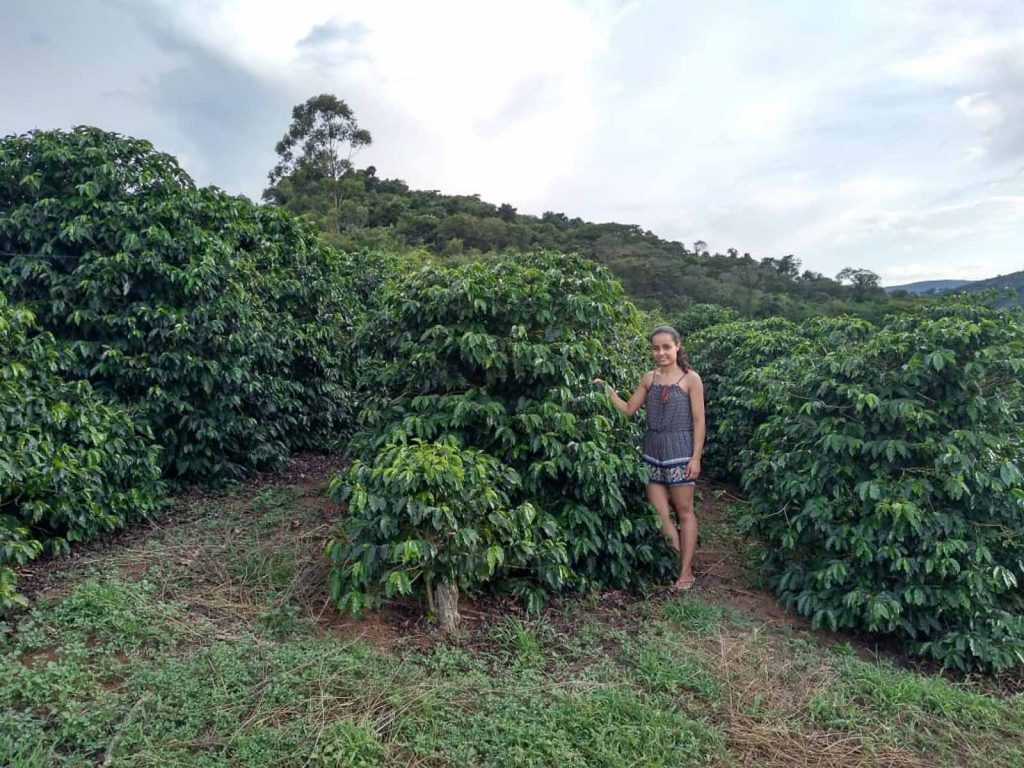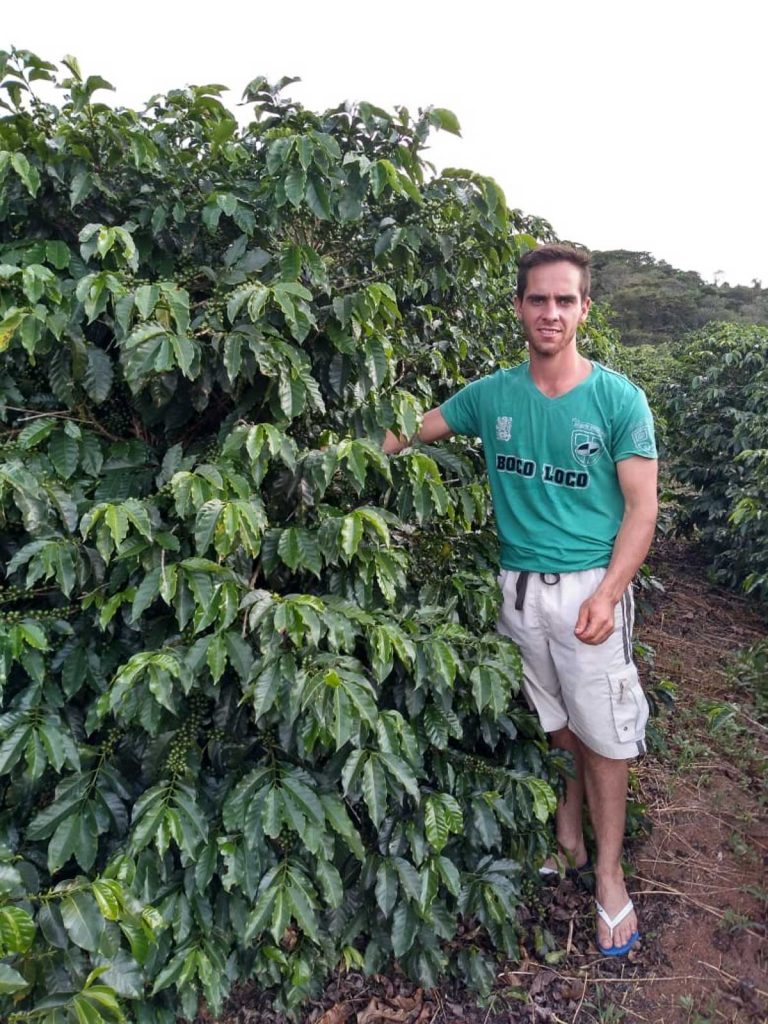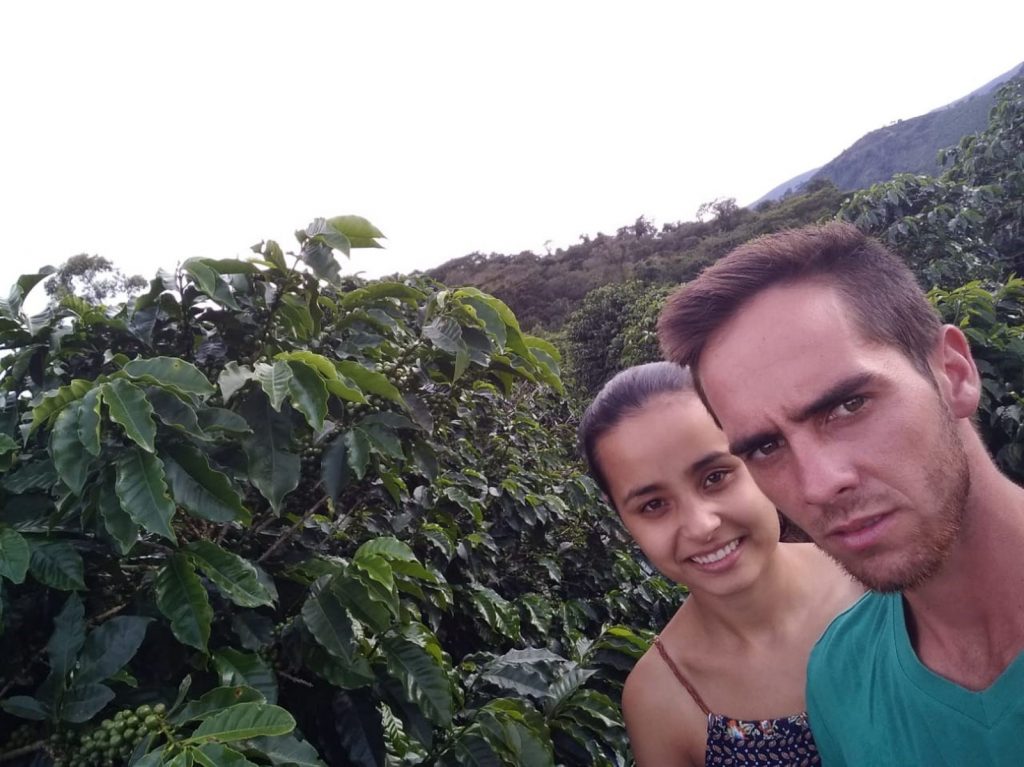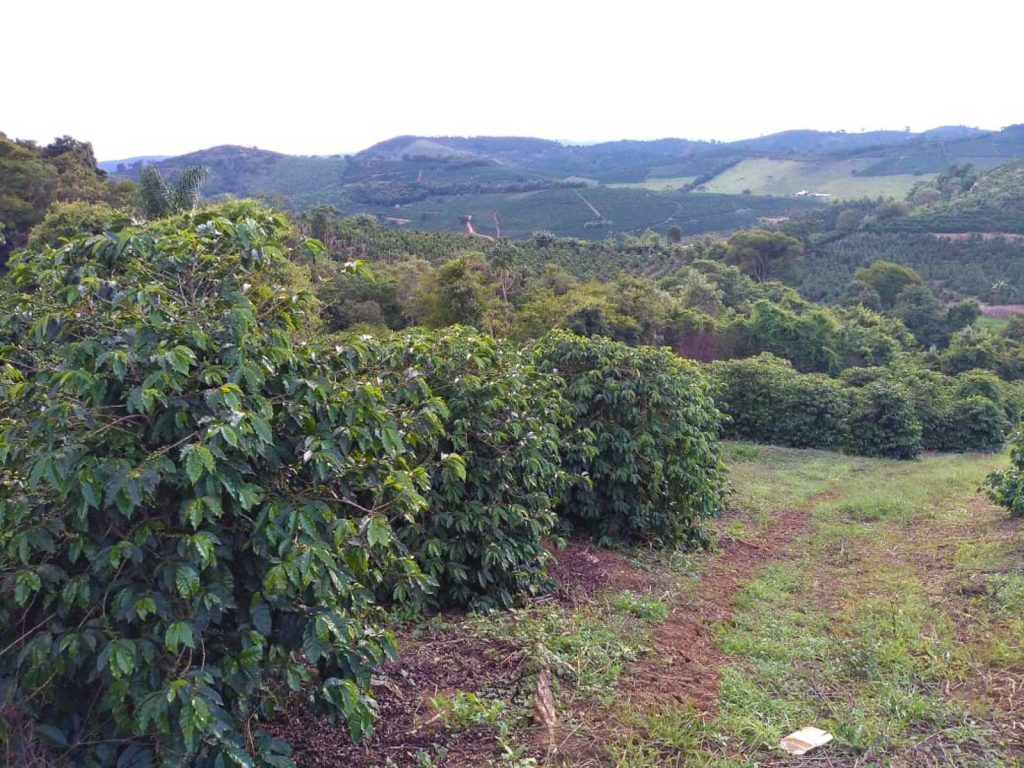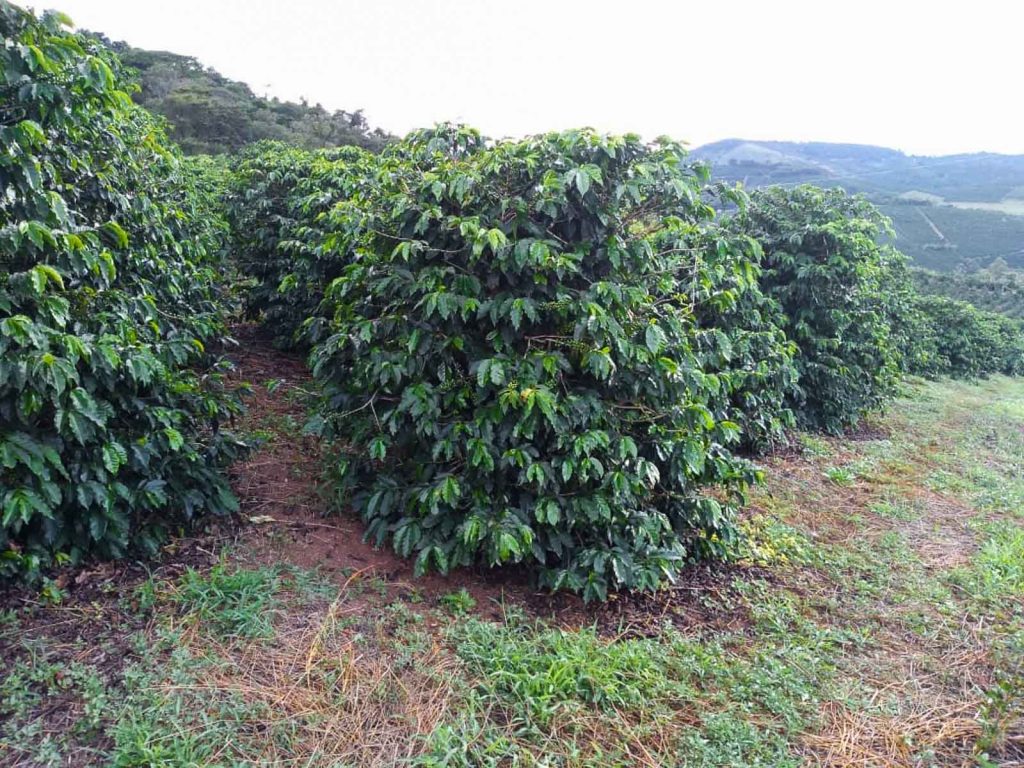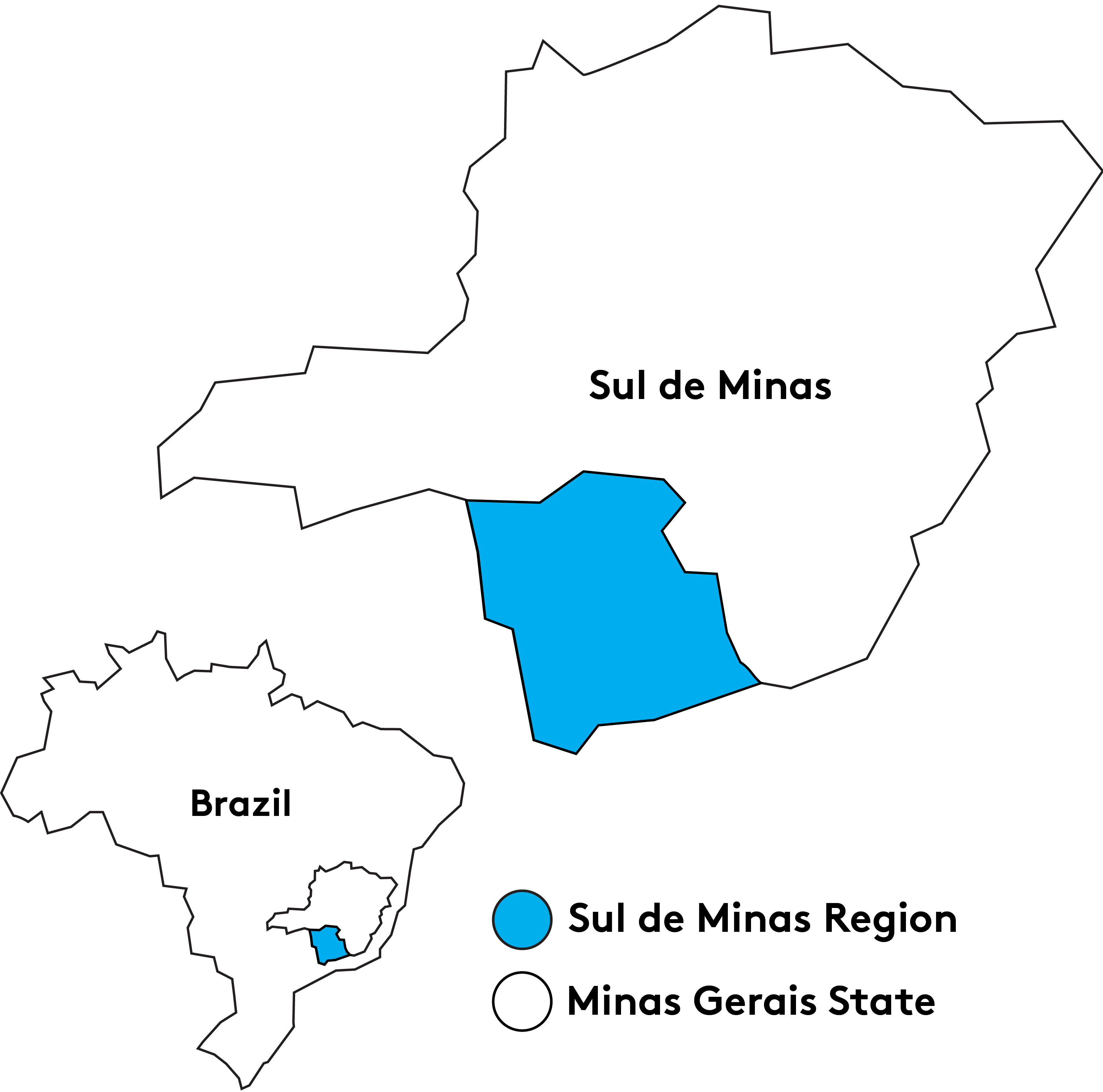Denis de Oliveira Alves is the third generation of coffee producers in his family. He received the nine hectares that comprise Sítio Santa Quitéria, named for the Santa Quitéria where it lies, from his father 10 years ago and has since continued his cultivations.
Initial challenges included a general lack of technology and equipment, and today the obstacles take the shape of costly manual labor, plant diseases, and a vulnerable climate. Despite all these hardships, Denis’ objective is to offer specialty coffees to the market. The farm’s high elevation is favorable to quality production and he manages all stages with care and dedication.
The passion for coffee production flows in his family’s veins and inspires him to invest in new technologies and techniques to grow the farm. Currently Sítio Santa Quitéria has a cement drying patio, tractors, and tools for selective harvesting.
